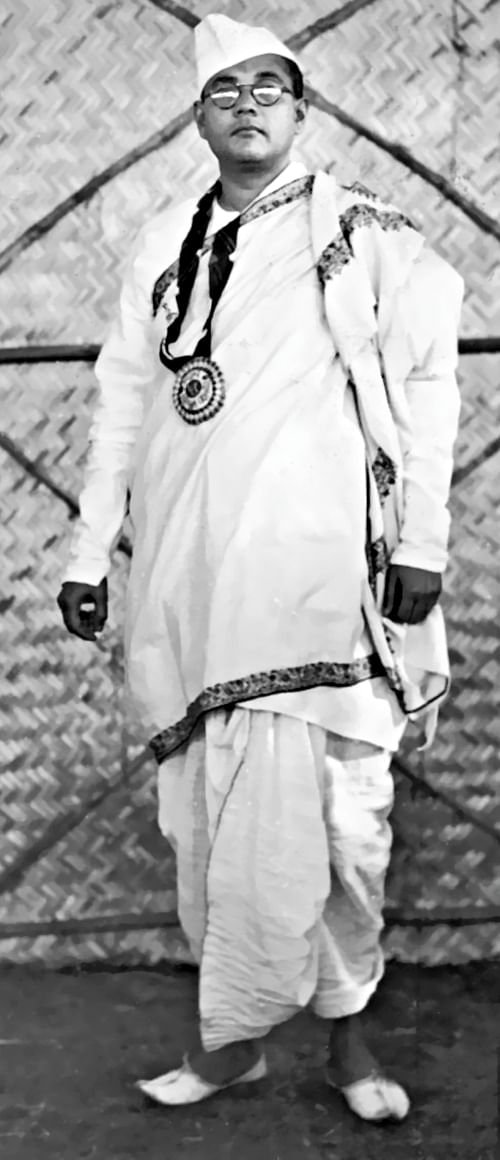Netaji disappearance mystery
Netaji disappearance mystery
The official version a cover-up?

“I believe Subhas is still alive and bidding his time somewhere”.
This is what Mahatma Gandhi said in 1946, though already the Japanese government on August 23, 1945 announced that Netaji had been killed in a plane crash in Taihoku, now Taipei city of Taiwan.
Like Gandhi, many didn't believe the crash theory, which has become India's official version on Netaji's disappearance.
The Indian government till date maintains that after the defeat of his ally Japan in World War II, Netaji sought safe haven elsewhere. As part of this journey, Netaji flew out from Formosa on August 18, 1945.
The plane broke into two while taking off and Netaji was badly burnt in the crash. He died a few hours later in a local hospital and his body was cremated within two days. His ashes were taken to Tokyo and handed over to the Renkoji Temple where they remain to this day.
Bose's companion Colonel Habibur Rahman mysteriously survived the plane crash.
There are several things wrong with this story. First, there was no plane crash at the airport on that day or during the weeks before or after August 18. The nearest was the crash of a US transporter in September, that too 200 miles from the airport.
Next, there is no record of Netaji or any of his companions on the plane being cremated on that day. Most seriously, several people saw him alive after his supposed death, with one American reporter Alfred Wegg noting Netaji was still in Saigon where he saw him three days later.
All these loophole lead to a question that was the death of Netaji faked so that he could escape possible execution by the British as a traitor and take his fight for Indian independence unimpeded to Russia?
Rejecting the official version, many researchers and activists kept demanding all the secret papers relating to Netaji mystery be classified.
But successive governments were reluctant to solve the mystery haunting India since the 1947 partition. Like the previous UPA adminstration, the NDA government has refused to make public the files on Netaji's disappearance/death, saying the revelations would “prejudicially affect” relations with foreign countries.
There are 41 files on Subhas Chandra Bose, created between 1953 and 2000. Of them, four are “Top Secret”, 20 “Secret” and five are “Classified”
Two of the four “Top Secret” files are about the transfer of Netaji's ashes to India and the official correspondence with, and about, his widow and daughter. The other two are titled “Death/Disappearance of Netaji SC Bose Justice Mukherjee Commission of Inquiry”.
Most of the 20 “Secret” files pertain to Bose's disappearance, while one of the “Classified” files is on Bose's mortal remains “kept in the Rankoji Temple in Japan on behalf of Govt of India”.
In all, 21 files pertain to disappearance or circumstances of Netaji's death, and the appointment of inquiry committees.
Those asking for the files to be declassified hope those documents will reveal the truth behind Bose's disappearance. At least three judicial commissions have probed the matter, but their reports were never accepted by the Centre. The Justice Manoj Mukherjee Commission of Inquiry set up in 1999 said Netaji was indeed dead, but he did not die in a plane crash over Taiwan, and the ashes in a Japanese temple were not Netaji's.
But the government did not accept his report. As the mystery continued, demands for the files to be made public kept coming.
Sources: Historytoday.com, outlook India; Indian Express, Swarajyamag.com, dailypioneer.com